Handblown glass hummingbird feeders are bright, bold and beautifully made pieces of art that serve as both a feeder and a stunning decoration. But what does it take to craft one of these colorful feeders? Come along as we go behind the scenes with the glassblowing artisans who practice this fascinating process to bring our hummingbird feeders to life!
How it’s made
Glassblowing artisans practice 3-5 years to be able to achieve the unique patterns and designs of our hummingbird feeders. To begin making any piece of glass blown art, a blowpipe is dipped into molten clear glass. The artisan blows air into the opposite end of the blowpipe to form a bulb out of the molten glass.
Depending on the ultimate form and design of the piece, the glass bulb may be colored or treated before eventually being placed into a mold. While inside the mold, the artisan blows air once again to help achieve its shape and to reinforce the integrity of the glass.
After the main piece has been formed, additional features like hooks or handles may be manually crafted and attached using specialty pliers and shears. Every one of our handblown glass feeders are individually hand blown, giving each feeder its own unique and beautiful pattern.

Glass
The type of glass used to make our handblown glass hummingbird feeders is soda lime glass. As its name suggests, soda lime glass contains a few safe and stable chemicals including soda, lime and silica, which allow it to withstand the extreme heat and workability needed for glassblowing.
Unlike painted glass or plastic, our Artisan Collection of glass hummingbird feeders feature actual colored glass, ensuring that the colors remain bold and vibrant for years to come! Different hues are achieved by initiating a chemical reaction in the metallic oxides used to color the glass. The colors are custom made by our factories, making every piece truly unique.

Heat
Applying extreme heat to soda lime glass allows it to be enlarged, treated and manipulated into a finished piece of work. So how hot does the oven need to be in order for the glass to be in a workable state? A glassblowing kiln is approximately 1,380°C/5,416°F which heats up the glass to a temperature of 1,300°C/2,372°F!

Special Effects
Speckle
Our speckled top-fill hummingbird feeders feature bright bursts of color that will bring a beautiful accent to your yard. It all begins with individual pieces of colored glass, or frit. After the artisan picks up a mass of molten glass on their blowpipe, it is dipped into a tray full of frit until it’s completely covered. Then, it is placed into a mold help reach its final form.


Swirl
To create the stunning swirls found on the Spring Rain and Sunny Day Artisan Gravity Hummingbird Feeders, one side of the molten bulb is dipped into the frit. Then, the artisan gently drags a special tool through this area to create a beautifully blended swirl of colors.


Crackle
Our elegant crackled glass is crafted through a process that ensures durability and integrity by the expertise of talented glass blowing artisans. This unique crackle effect is achieved by submerging a fully formed, but still hot, bulb of glass into water. The glass is then placed back into the kiln to melt the glass again slightly – just enough so that the artisan can ensure the cracks are stable and smooth.
Be sure to check out our selection of handblown glass hummingbird feeders and add one of these unique and beautifully made art pieces to your backyard!







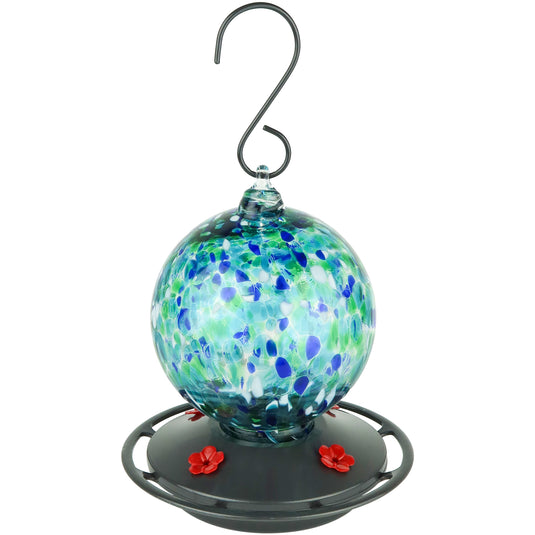






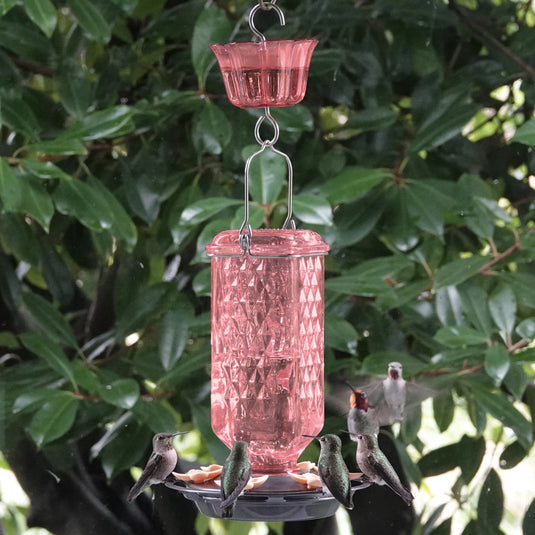
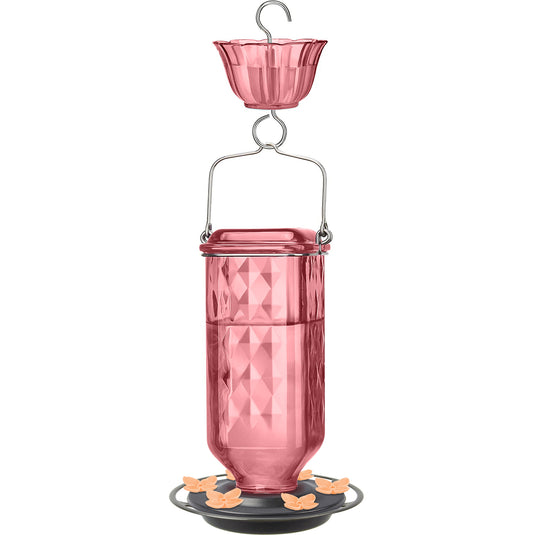


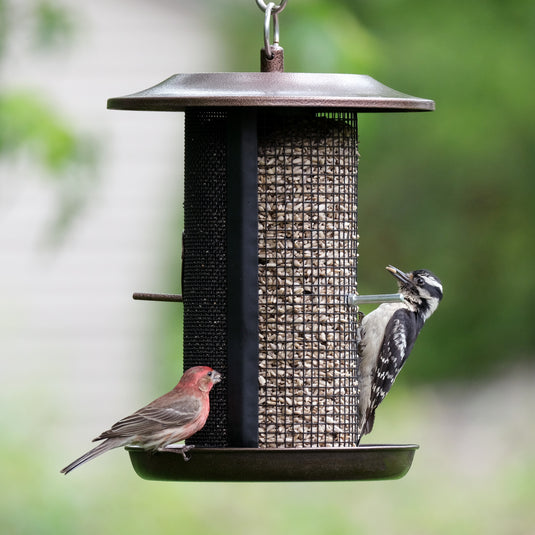



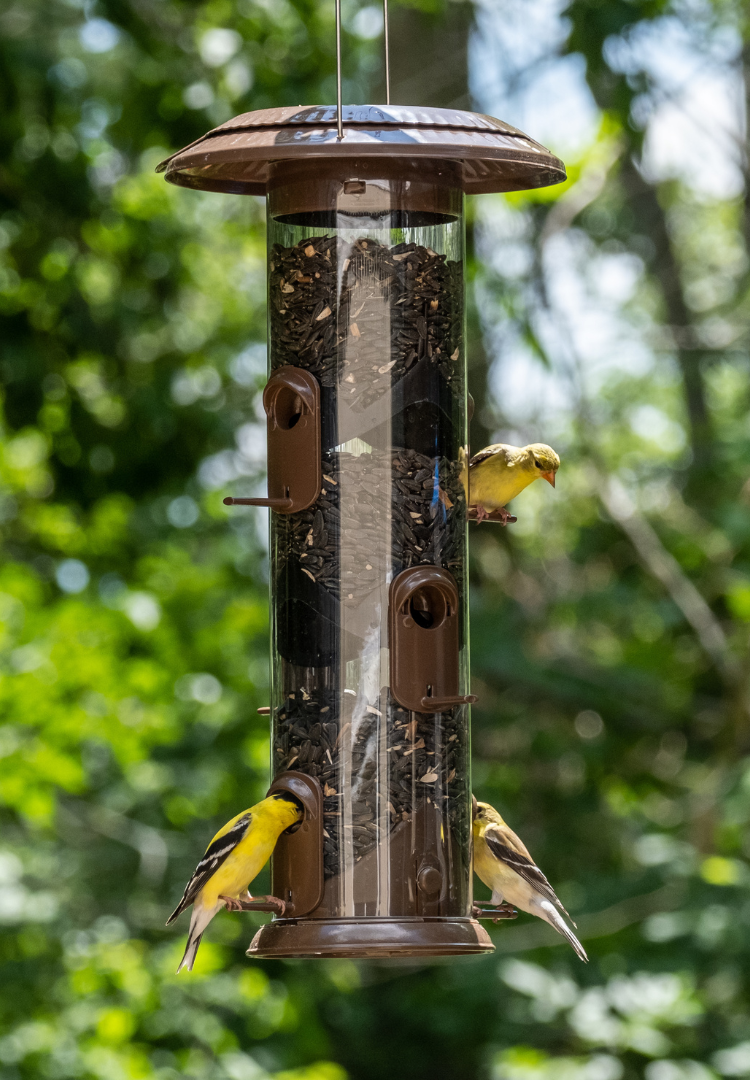
Hi Stephanie, Thanks for reaching out to Nature’s Way! Please navigate over to the ‘Attracting Birds’ section of our blog as there are several entries on hummers and new feeders. All the best!
I lived in the Northwest, the Western side of Washington State. Evey day I had roughly 20 hummingbirds. In the winter I’d put out 12 feeders out because I had roughly 40. I did this for 4 years.. I used hand-blown feeders. I moved to Michigan 6 weeks ago and I have all these feeders and only one hummingbird. I’m so disappointed. How do I get them to come to my feeders?